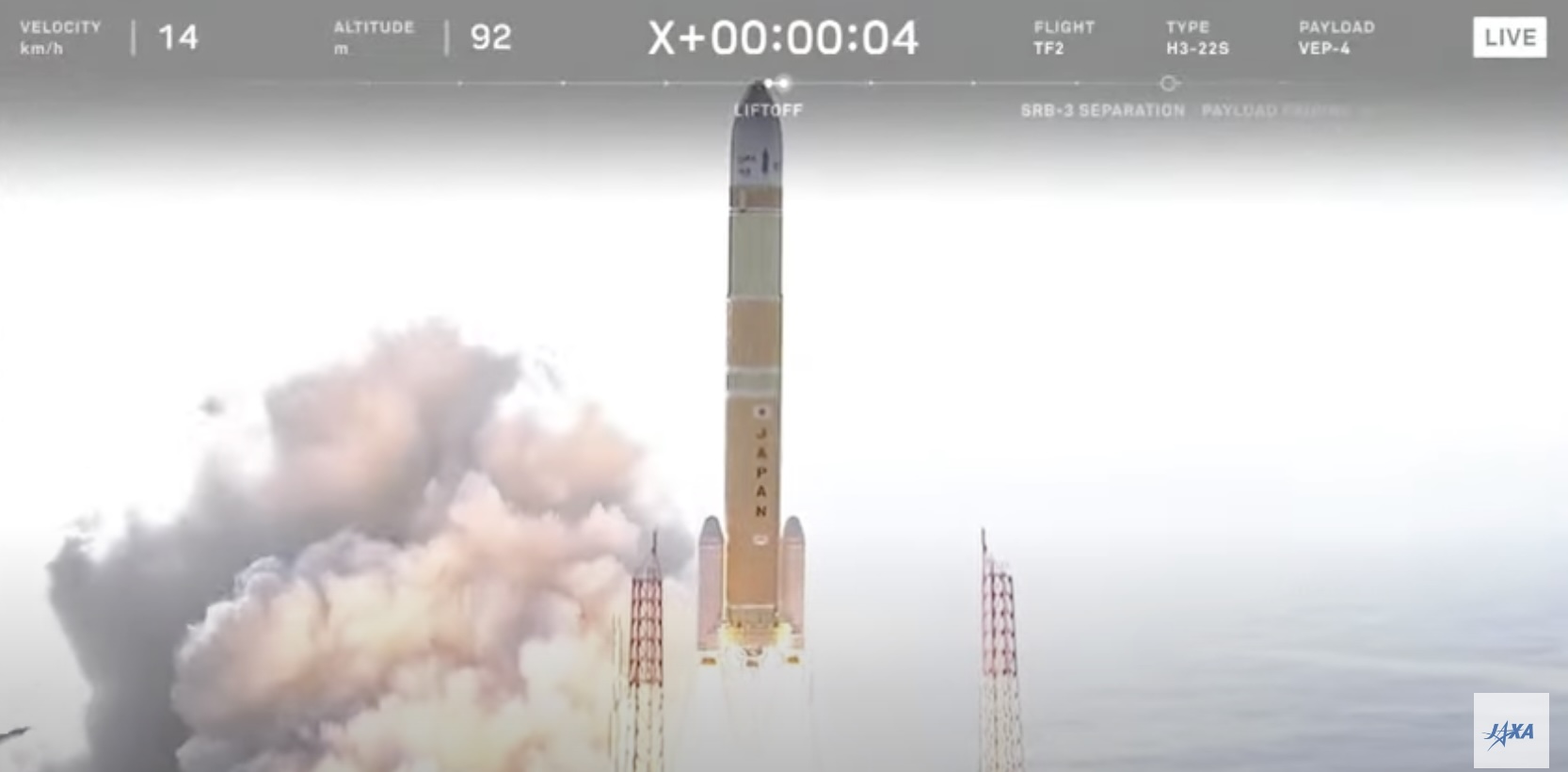Japan successfully tested its new flagship H3 rocket after an earlier version failed last year. The rocket lifted off from the Tanegashima Space Center on Saturday, February 17, reaching an orbital altitude of about 670 kilometers (420 miles). It deployed a set of micro-satellites and a dummy satellite designed to simulate a realistic payload.
With the successful launch of the H3, Japan will begin transitioning away from the previous H-2A rocket which has been in service since 2001 and is set to be retired after two more launches. Several upcoming missions depend on the H3, so this successful test was vital.
The launch came after two days of delays because of bad weather. The H3 rocket, built by Mitsubishi Heavy Industries, is now set to become the main launch vehicle of Japan’s space program. The rocket’s first flight in March 2023 failed to reach orbit, which resulted in the loss of an Earth imaging satellite.
The successful launch and deployment of the satellites was a relief for JAXA and members of the project. A livestream of the launch and subsequent successful orbit insertion showed those in the JAXA command cheering and hugging each other.
“I now feel a heavy load taken off my shoulders,” said JAXA H3 project manager Masashi Okada, speaking at a press briefing after the launch. “But now is the real start for H3, and we will work to steadily improve it.”
H3 stands about 57-meter (187-feet) tall and is designed to carry larger payloads. The two microsatellites were deployed approximately 16 minutes and 43 seconds after liftoff. They included an Earth observation satellite named CE-SAT-IE, developed by Canon Electronics, and TIRSAT, an infrared Earth observation instrument that will observe the temperature of the Earth’s surface and seawater.
“We feel so relieved to be able to announce the good results,” JAXA President Hiroshi Yamakawa said at the briefing. Yamakawa added that the main goals of H3 are to secure independent access to space and allow Japan to be competitive as international demand for satellite launches continues to grow. “We made a big first step today toward achieving that goal,” he said.

The successful launch comes after two other recent successes for JAXA last month where the H-2A rocket successfully placed a spy satellite into orbit, and just days later JAXA’s robotic SLIM (Smart Lander for Investigating Moon) made the first-ever precise “pinpoint” Moon landing – although unfortunately the lander came down on its side. However, during the final stages of the descent two autonomous rovers were successfully deployed: a tiny hopping robot and the other designed to roll about the surface. Both have sent back pictures and can continue exploring and sending back information even if SLIM cannot be operated.


Congratulations, Japan!
It is an exciting development for science: “Martian Moons eXploration (MMX) is a robotic space probe set for launch in 2026 to bring back the first samples from Mars’ largest moon Phobos.[3][5] Developed by the Japan Aerospace Exploration Agency (JAXA) and announced on 9 June 2015, MMX will land and collect samples from Phobos once or twice, along with conducting Deimos flyby observations and monitoring Mars’s climate.” – Wikipedia
FWIW, in a “once in a blue moon” irony the US IM-1 Moon lander also came down on its side. And it too may be able to do some or all of the intended research.